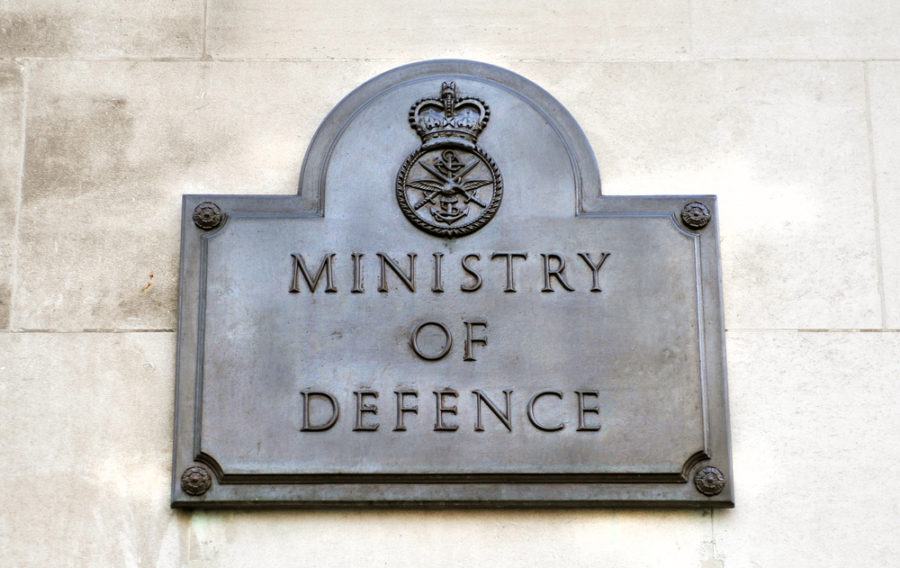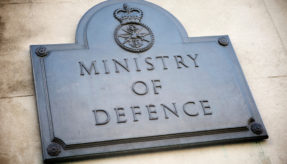
As set out in the Spending Review, the Defence budget will go up in real terms for the first time in six years.
From 1st April 2016, commitments from the government made in last summer’s budget for defence will come into effect, with defence spending increasing by 0.5% above inflation every year until 202, also meeting NATO’s target to spend 2% of GDP on defence for the rest of the decade.
The core defence budget is increasing by £800M from the 2015/16 baseline of £34.3Bn to £35.1Bn, with the Ministry of Defence receiving £2.1Bn from the Joint Security Fund by the end of this Parliament. This means the Defence budget will increase by near £5Bn to £39.7Bn in 2020/21.
Defence Secretary Michael Fallon said: “Nothing is more important than defending our country and protecting our people. With increasing threats to our security, we have chosen to increase defence spending and give our Armed Forces what they need to keep Britain safe.”
The UK has the 2nd largest budget in NATO, the largest in the EU, and the fifth largest in the world. It is one of only five countries that meets the NATO guideline to spend 2% of GDP on Defence.
The MOD will use the increased budget to invest in stronger defence with more ships, more planes, more troops at readiness, better equipment for Special Forces and more for cyber.
The Army will remain above 82,000, with the Royal Navy and Royal Air Force increased by 700 personnel.
By 2025, the MOD say they will have a highly capable expeditionary force of around 50,000 (up from around 30,000 planned in Future Force 2020).
Over the next decade MOD will spend over £178Bn on equipment and equipment support, £12Bn more than in plans prior to the 2015 SDSR.
From 2016/17 all savings from efficiencies and reprioritisation will be reinvested in the defence budget, enabling £9.2Bn to be invested in new capability over the Spending Review period.
If you would like to read more articles like this then please click here








